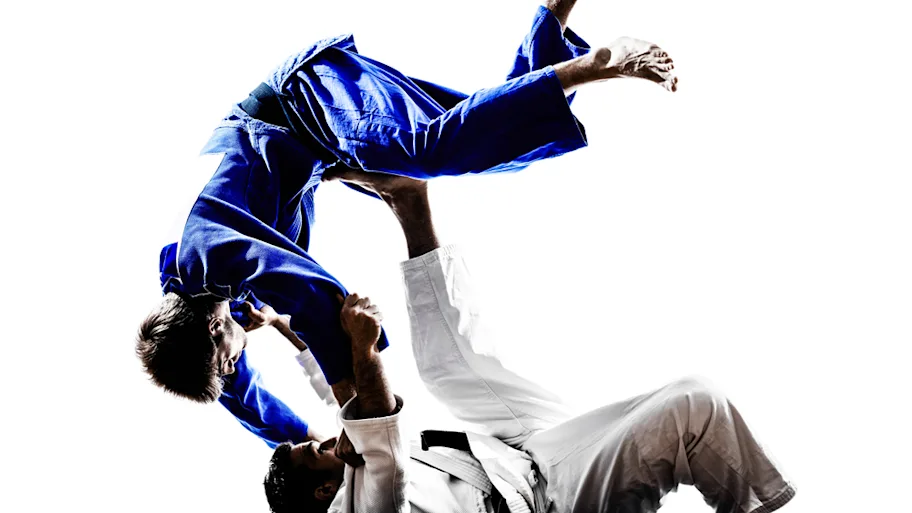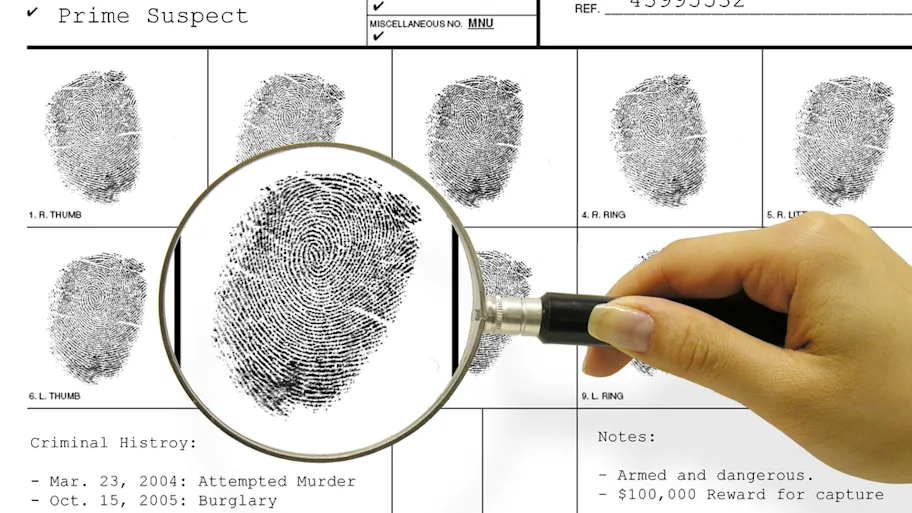
- Science news
- Psychology
- Simply wearing a police uniform may cause bias
Simply wearing a police uniform may cause bias

Image by Shutterstock
Students wearing police uniforms show biased attention towards people wearing hoodies.
— By Conn Hastings
Canadian students wearing police uniforms showed biased attention towards images of people in hoodies, compared with images of a black face, a white face, or people in a suit. Interestingly, this only happened when the students wore a police uniform, and not when they wore mechanic overalls, or when a police uniform was placed on a desk in front of them.
Police have a difficult job. Their work can be physically dangerous and they often need to make quick decisions when on duty. However, police are sometimes accused of bias and profiling suspects based on race or appearance. Recent violent incidents involving police have caused widespread protests and have sparked a debate about bias and police brutality towards minorities.
Predicting or understanding police behavior is complicated as it can be influenced by many factors. However, a large and very visible component of police identity is their uniform. People in police uniforms are often perceived as more competent and as having more authority and status. But does wearing their uniforms influence how the police themselves feel and act?
There is some evidence to suggest that clothing could have significant effects on the wearer. The infamous Stanford prison experiment in 1971 saw volunteers dress up and act as prison guards or prisoners in a mock prison. The experiment aimed to assess the effects of perceived power, but had to be abandoned after the “guards” subjected the “prisoners” to psychological torture.
In a recent study in Frontiers in Psychology, Sukhvinder Obhi and Ciro Civile of McMaster University set out to investigate the effect of wearing a police uniform on the wearer in a group of 28 Canadian student volunteers. “We especially wanted to study naive students who had no prior experience of policing to separate out the effects of uniforms compared with previous experiences as a police officer,” says Obhi.
The volunteers wore either a police uniform or mechanic overalls. They performed a shape categorization task on a computer while an image of a black face, a white face, a person in a suit or a person in a hoodie flashed up on the screen. The hoodie wearer represented someone of perceived low socioeconomic status, while the suit wearer signified a high-status individual.
The students in police uniform were distracted by the image of the person wearing a hoodie and took longer to complete the task when this image was on the screen. Interestingly, this did not occur when they wore the mechanic overalls.
A second similar experiment confirmed this biased attention towards the image of a person wearing a hoodie. Merely exposing the volunteers to the police uniform, by placing it on the desk in front of them during the experiment, did not produce the same bias as wearing it.
It remains to be seen if this bias against low socioeconomic individuals translates to a real-world bias in serving police officers. “If so, there is every reason to believe that bringing awareness to this and developing training interventions for police could help,” explains Obhi. “I think we’re dealing with a double-edged issue: police bias aids fast cognition which can be good in mission critical situations, but it could also lead to inaccurate threat assessments and inappropriate responses.”
In future, the team plan to see if a racial bias is present in American volunteers wearing a police uniform, as race relations and the legacy of slavery are different between Canada and the United States.





